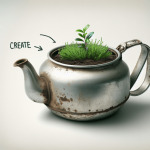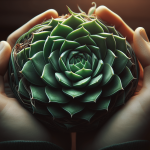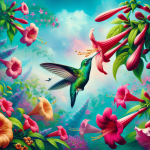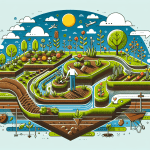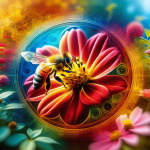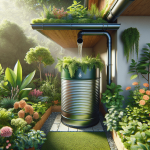This post may contain affiliate links. As an Amazon Associate, we may earn commissions from qualifying purchases.
You’re about to dive into an exciting journey on how to turn your garden into a buzzing haven for native pollinators. This article provides you with practical, easy-to-follow tips that transform your outdoor space into a vibrant, eco-friendly sanctuary. From choosing the right native plants to creating habitats that cater to bees, butterflies, and other vital pollinators, you’ll learn how these small changes can have a big impact. Whether you’re an avid gardener or a beginner, you’ll discover the best strategies to attract and support these essential creatures, ensuring a flourishing environment for both your garden and the wildlife that depends on it. Have you ever wondered how you might boost your local ecosystem and support biodiversity in your backyard? If so, you’re in the right place! In this comprehensive guide, we’re going to explore everything you need to know about attracting and supporting native pollinators.
From bees and butterflies to birds and bats, these creatures play an essential role in pollinating plants, which supports the food chain and sustains our planet. Let’s dive into the best ways to create a welcoming oasis for these vital friends.
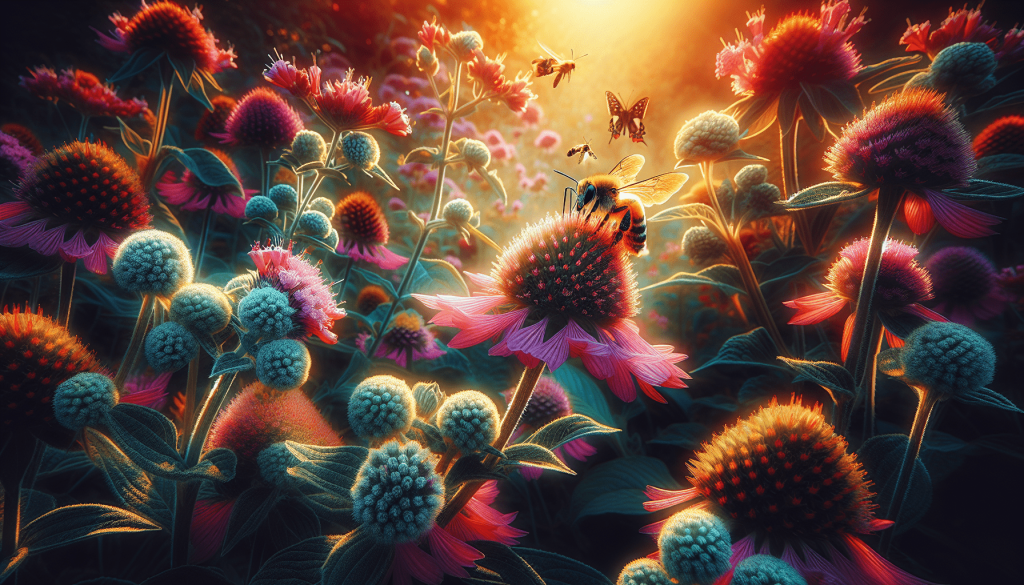
Understanding Native Pollinators
Before you start transforming your yard, it’s crucial to understand what we’re talking about when we refer to native pollinators. Native pollinators are species indigenous to a specific region and have co-evolved with the local flora. They are perfectly adapted to pollinate the plants native to that area, creating a balanced and thriving ecosystem.
Why Native Pollinators Matter
Native pollinators offer several benefits that are critical for environmental health. Firstly, they increase the reproduction of native plants, which goes on to support entire food chains, including other animals and humans. Additionally, because they co-evolved with local plants, they are far more efficient at pollinating these plants than non-native species.
Types of Native Pollinators
| Pollinator Type | Examples |
|---|---|
| Bees | Bumblebees, Mason bees, Honeybees |
| Butterflies | Monarchs, Swallowtails, Painted ladies |
| Birds | Hummingbirds |
| Bats | Lesser long-nosed bat, Mexican free-tailed bat |
| Flies | Hoverflies, Blowflies |
| Beetles | Soldier beetles, Longhorn beetles |
Creating a Pollinator-Friendly Habitat
Creating a habitat that attracts and supports native pollinators involves a blend of thoughtful plant selection, habitat creation, and sustainable garden practices. Here’s how you can get started.
Plant Native Flowers
Native plants are the cornerstone of a pollinator-friendly habitat. These plants provide not just food, but also shelter and breeding grounds for native pollinators.
Benefits of Native Flowers
- Adaptation: Native plants are adapted to your local climate and soil, requiring less water and maintenance.
- Pest Resistance: They have natural resistance to local pests, reducing the need for chemical interventions.
- Nutritional Value: They offer the right kind of nectar and pollen that native pollinators are adapted to consume.
Creating Bloom Seasons
Pollinators need a continuous food supply throughout the growing season. Plant a diverse range of native flowers that bloom at different times. This not only provides year-long sustenance but also makes your garden more vibrant and colorful.
Sample Bloom Calendar
| Season | Native Plants |
|---|---|
| Spring | Bluebells, Lupines, Redbuds |
| Summer | Bee balm, Black-eyed Susans, Purple Coneflower |
| Fall | Goldenrod, Asters, Joe-Pye Weed |
| Winter | Witch Hazel, Winter Hazel, Snowdrops |
Water Sources
Pollinators also need water. A shallow dish with some stones for insects to rest on can suffice. For larger creatures like birds and bats, consider installing a birdbath or artificial pond.
Providing Shelter
Pollinators need safe places to live, breed, and overwinter. Leaving some areas of your garden ‘untidy’ can provide critical shelter. Here’s a closer look at how to create these habitats:
Bee Hotels
| Material | Description |
|---|---|
| Wood blocks | Drill holes of varying diameters into untreated wood to mimic natural habitats |
| Stems | Bundle together hollow plant stems and secure them in a sheltered spot |
Butterfly Houses
| Material | Description |
|---|---|
| Wooden structures | Small wooden structures with vertical slits to keep predators out while welcoming butterflies in |
Ground Nesting
| Material | Description |
|---|---|
| Bare ground | Leave patches of bare, undisturbed soil for ground-nesting bees |
Avoiding Pesticides
Chemical pesticides can harm or kill pollinators. Opt for organic methods of pest control such as manual removal, benefitting insects like ladybugs and natural predators.
Engaging the Community
Your efforts can have an enriched impact when the entire community gets involved. Here’s how to inspire collective action:
Educate Your Neighbors
Share information about the importance of native pollinators. Organizing community workshops or information sessions can help spread the word.
Form a Pollinator Group
Create or join local groups dedicated to supporting pollinators. These groups can share resources, plants, and even labor to create larger pollinator-friendly areas like community gardens or public spaces.
Certification Programs
Various organizations offer certification programs for pollinator-friendly gardens. Becoming certified not only showcases your efforts but also inspires others to join the cause.
| Organization | Certification Programs |
|---|---|
| National Wildlife Federation | Certified Wildlife Habitat© |
| Xerces Society | Pollinator Habitat Certification |
| North American Butterfly Association | Certified Butterfly Garden and Habitat |
Monitoring and Maintenance
Creating a pollinator-friendly environment is not a one-time effort. Regular monitoring and maintenance are crucial to ensure your habitat remains a welcoming space.
Seasonal Checks
- Spring: Check for new growth, re-mulch, and remove invasive weeds.
- Summer: Maintain water sources, deadhead flowers to encourage continued blooming.
- Fall: Leave fallen leaves as mulch, check shelters for overwintering guests.
- Winter: Protect sensitive plants with frost covers, ensure water doesn’t freeze over.
Citizen Science Programs
Engage in citizen science programs designed to track pollinator health and populations. This not only provides valuable data to researchers but also helps you understand the effectiveness of your efforts.
| Program Name | Description |
|---|---|
| Bumble Bee Watch | Tracks bumblebee populations across North America |
| Monarch Watch | Focuses on monitoring monarch butterfly migrations |
| iNaturalist | Allows you to share your wildlife sightings worldwide |
Keeping Records
Maintain a garden diary to track what plants perform well, what attracts the most pollinators, and any challenges you face. This can help in making informed decisions year after year.
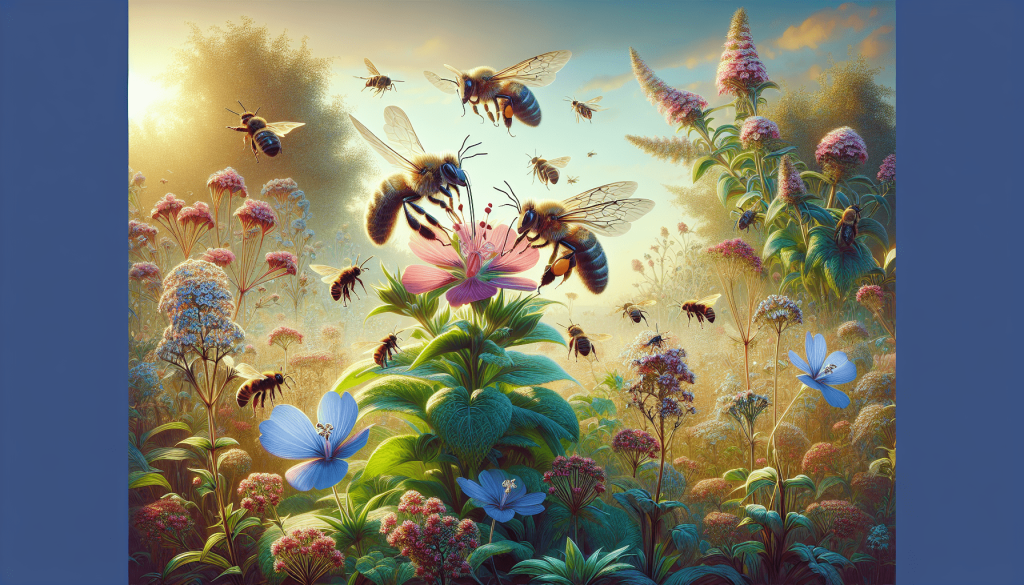
Conclusion
Creating a haven for native pollinators is one of the most rewarding commitments you can make for the environment. By choosing native plants, providing year-round resources, avoiding pesticides, and engaging with your community, you’re taking significant steps toward a healthier ecosystem.
The journey might require some effort, but the returns—in the form of increased biodiversity, healthier plants, and the joy of seeing various pollinators visit your garden—are immensely gratifying. So go ahead, get started on becoming a pollinator protector today!
Have any tips or experiences to share about attracting native pollinators? Feel free to comment below!


